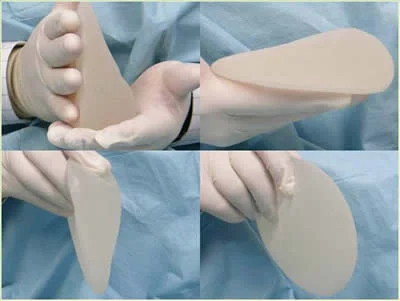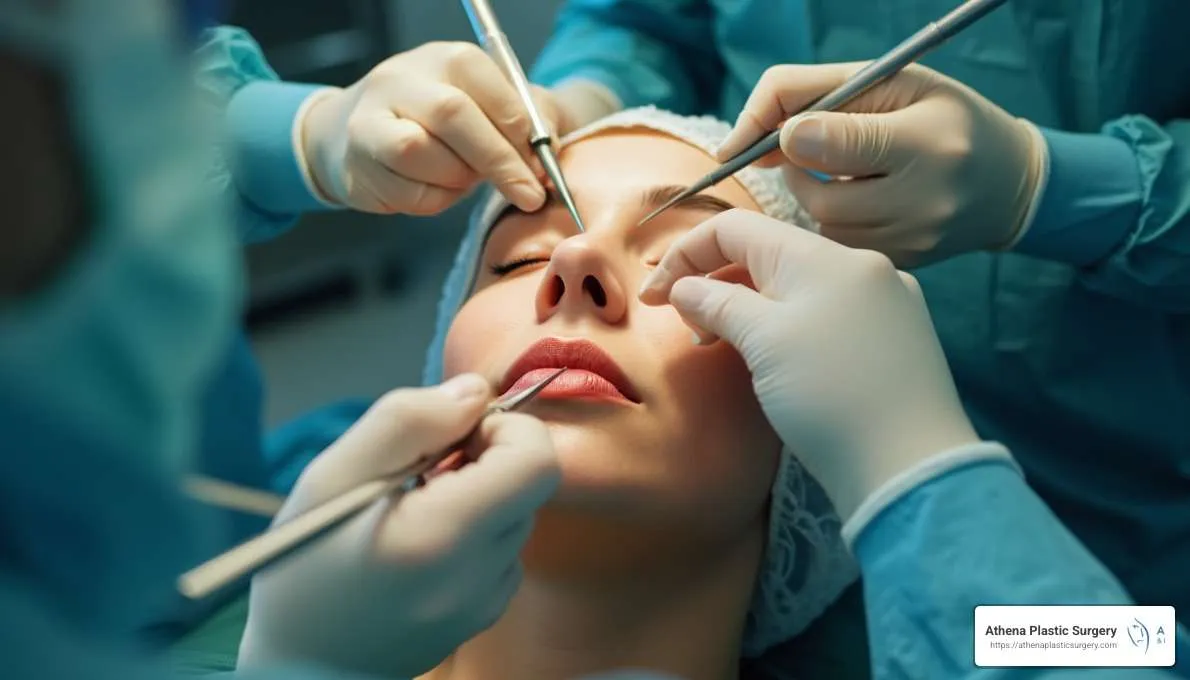While implants have traditionally dominated the conversation in cosmetic procedures, a more natural approach is gaining popularity among individuals seeking subtly enhanced results. Fat grafting offers a solution that uses the patient’s own body fat rather than foreign materials. This technique promises a softer, more organic outcome, aligning with the desires of those who prioritize natural aesthetics.
What Is Fat Grafting?
Fat grafting, also known as fat transfer, is a cosmetic procedure that involves removing fat from one area of the body and injecting it into another. It is commonly used in breast augmentation as an alternative to implants. The procedure aims to achieve natural contours and enhanced volume.
The fat is typically harvested from areas such as the thighs, abdomen, or flanks. Once extracted, the fat is prepared and strategically injected to sculpt the desired shape. Because the fat comes from the patient’s own body, it serves as a biocompatible and natural solution for creating subtle results.
What Does the Process Entail?
The fat grafting process involves multiple steps, each carried out with precision to achieve optimal results. This is typically performed in a medical facility under the care of a qualified cosmetic surgeon. The process begins with an initial consultation where the cosmetic surgeon evaluates the patient’s areas of concern. During this step, the doctor will determine whether the patient is an appropriate candidate for the procedure.
Liposuction
The first phase of the procedure involves harvesting fat through liposuction. A small, thin tube called a cannula is inserted through a minor incision in the donor site. Using gentle suction, the surgeon removes the fat while taking care to minimize trauma to the surrounding tissues.
Fat Purification
After harvesting, the fat undergoes a purification process. This step is integral for preparing healthy fat cells that will integrate successfully into the target area. The prepared fat is then transferred into small syringes for injection.
Fat Injection
Using fine needles, the purified fat is injected into the breasts. The surgeon meticulously layers the fat to enhance volume and sculpt the desired contours. Placement is strategic, facilitating even distribution for symmetrical results. The precision of this step contributes to achieving a smooth, natural appearance.
What Are the Benefits?
Fat grafting offers several advantages for individuals exploring a natural approach to breast augmentation. These range from the nature of the process itself to the results that it can provide. Here are the key benefits of this procedure:
- Natural Look and Feel: Unlike implants, fat transfer enhances the breasts using the patient’s own tissue. The results blend with the body’s structure, creating a more organic appearance.
- Dual Benefits of Liposuction: One unique advantage of fat grafting is the dual benefit it provides. Not only does the procedure enhance the breasts, but it also contours the donor areas through liposuction.
- Biocompatibility: Since the procedure uses the patient’s own fat cells, the risk of allergic reactions or rejection is reduced. The body readily accepts the transplanted fat, leading to fewer complications.
- Subtle Enhancements: Fat grafting is especially effective for those seeking subtle and moderate increases in breast size.
Speaking to a Cosmetic Surgeon
Fat grafting has emerged as an appealing alternative for individuals seeking a natural method of breast augmentation. Its ability to enhance the breasts while reshaping other areas of the body makes it a popular choice for those prioritizing natural aesthetics and customization.
If you are exploring this option, consulting with a qualified cosmetic surgeon is an excellent first step. They can provide a thorough evaluation, discuss the suitability of the procedure, and address any concerns you may have.
Recommended Articles





Leave a Reply